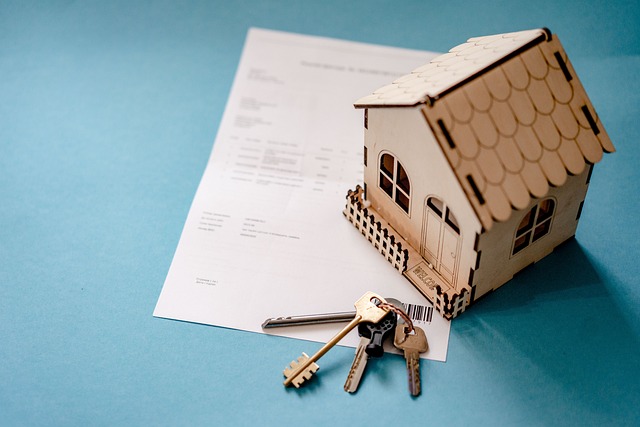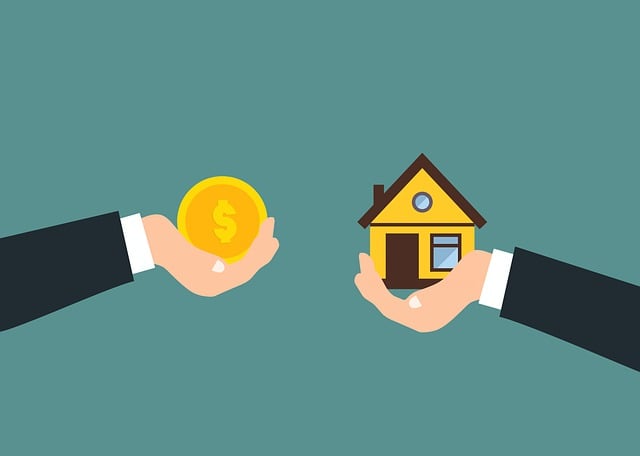In real estate, understanding hidden costs like closing fees, taxes, and repairs is crucial for buyers and sellers. Dynamic market changes, including loan terms and interest rates, impact financial outcomes significantly. Effective expense management through strategic budgeting and informed decision-making, such as exploring refinancing options, is vital to navigate the changing landscape and ensure financial stability in the real estate sector.
In the dynamic realm of real estate, understanding added costs beyond the base purchase price is paramount for both buyers and sellers. This article guides you through the intricate aspects of these hidden expenses, delving into their various forms and frequent monthly payment increases. We explore the significant impact on financial planning and offer practical strategies to effectively mitigate and manage these additional real estate costs.
Understanding Added Costs in Real Estate Transactions

In real estate transactions, added costs play a significant role in shaping the overall financial burden for both buyers and sellers. These additional expenses go beyond the standard purchase price and include various fees and charges that can vary widely depending on the property and location. Understanding these added costs is crucial for anyone involved in the real estate market.
Many factors contribute to these hidden fees, such as closing costs, property taxes, homeowners’ association dues, and potential repair or renovation expenses. Buyers should be prepared for these unexpected outlays, which can significantly impact their monthly budget and overall homeownership experience. Knowing what to expect allows prospective buyers to make informed decisions, negotiate effectively, and plan accordingly for the long-term financial commitment of real estate ownership.
The Impact of Monthly Payment Increases

In the real estate market, the decision to increase monthly payments can have a significant ripple effect on both buyers and sellers. When loan terms are extended or interest rates rise, each month’s payment becomes an opportunity cost for individuals aiming to invest in property. This is especially true for first-time homebuyers who might find themselves with limited financial flexibility as they navigate this crucial life stage. An increase in monthly payments can delay the timeline for purchasing a home, forcing prospective buyers to reconsider their budget and sometimes even their dreams of owning property.
For real estate investors and sellers, these adjustments present a unique challenge. They may need to reconsider their pricing strategies, especially if market trends suggest that higher prices could mitigate the impact of increased payments. However, it’s a delicate balance; while making properties more affordable on paper might attract a broader range of buyers, it could also lead to longer sales times and reduced profits for sellers.
Strategies to Mitigate and Manage Additional Expenses

When facing added costs that increase monthly payments in the real estate sector, it’s essential to employ strategic measures for effective expense management. One key approach is budgeting. Individuals and investors should create detailed budgets that account for all anticipated expenses, including property taxes, insurance, maintenance, and any additional fees. Regularly reviewing and adjusting budgets ensures alignment with changing financial realities.
Additionally, exploring various financing options can help mitigate the impact of added costs. Refinancing existing mortgages to secure lower interest rates or considering alternative lending methods could provide relief from monthly payment pressures. In the real estate market, staying informed about market trends and property values is crucial. This knowledge enables proactive decisions, such as negotiating better terms with sellers or exploring opportunities for property value appreciation over time.






